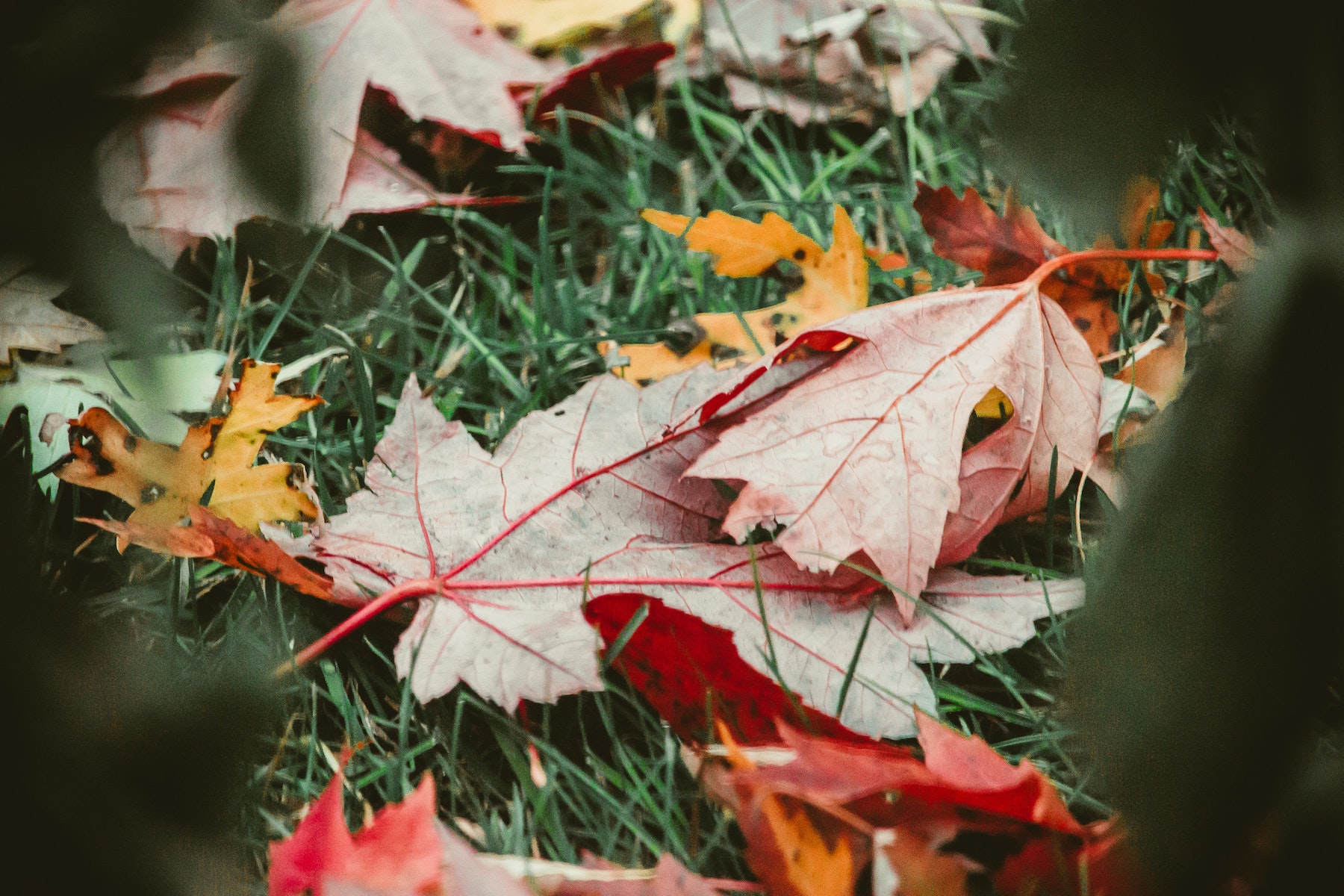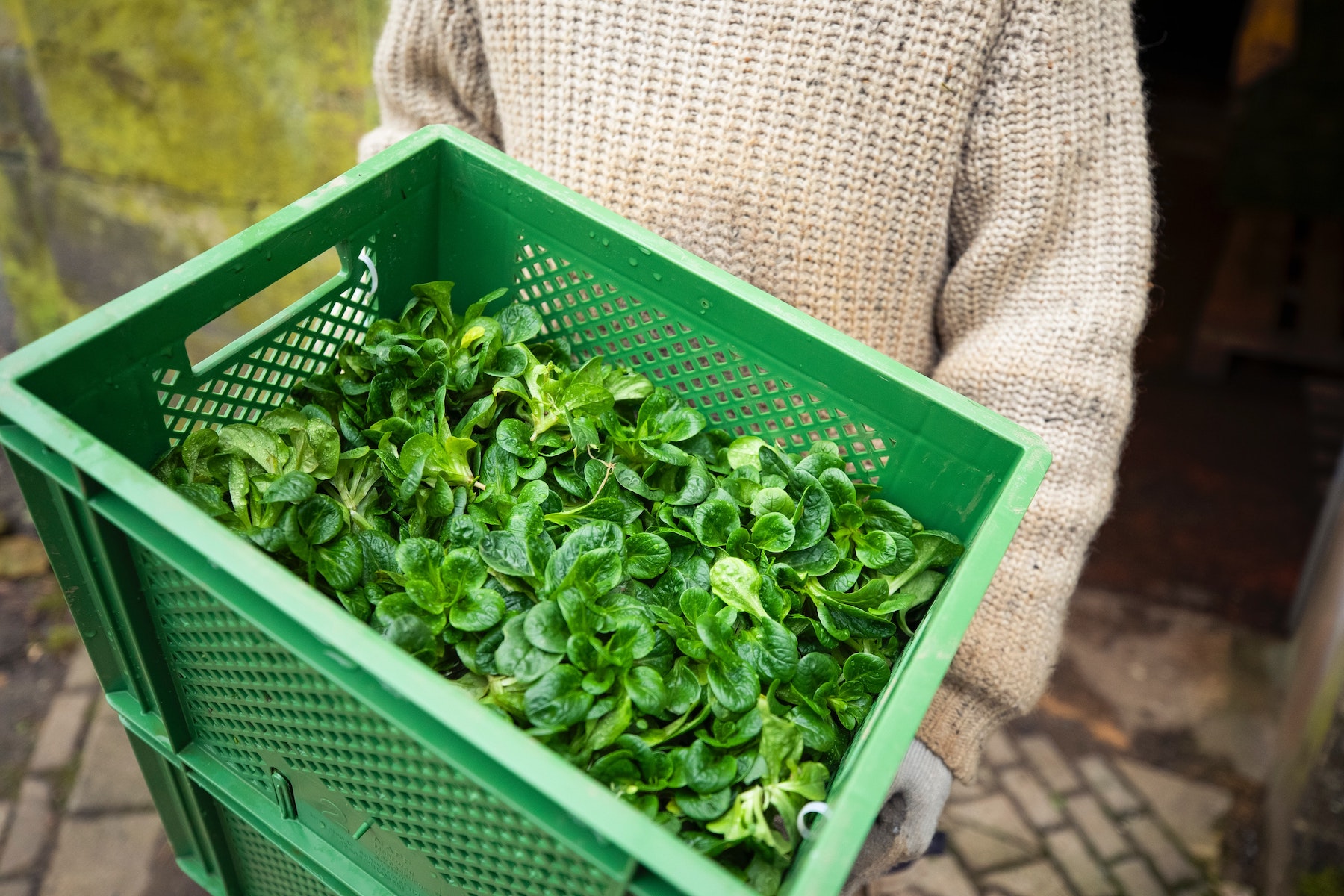What to plant in September

September is my favorite month of the year. The leaves are turning, and the days are cool but not cold. It's a great time to start planting your fall garden. I like to get an early start so that I can have fresh veggies all winter long.
Onions
Plant onions in a sunny spot, preferably with well-drained soil, 1/2" deep. Cover them up with some more soil and water them down gently, keeping the seeds damp until they start to germinate (about 10 days). Plant in September to over-winter for an early crop of onions next Spring.

Spinach
Spinach is a cool season crop and an annual. It's easy to grow, but it will bolt quickly in hot summer weather.
Spinach has a high nutrient content, so it's a good choice if you're trying to increase your intake of vitamins A and C. Spinach also contains iron, calcium and B6—the latter helps keep your metabolism running smoothly.

For maximum nutrition, spinach should be grown organically or at least not with chemical fertilizers or pesticides; this allows the plant to absorb all its nutrients without any interference from other substances that may interfere with absorption of nutrients by our bodies as we eat them!
Spinach is also a good source of vitamin K, which helps keep your bones healthy and strong. It's also high in folate, which has been shown to reduce the risk of certain types of cancers and heart disease.
Garlic
Garlic is a very easy vegetable to grow in your garden, and it's a great way to prepare your soil for the following year. Garlic grows best in full sun, but if you don't have that, try planting garlic along the edge of your garden where it gets either morning or afternoon sun. This can be done in September or early October—the earlier you plant them, the sooner they'll be ready for harvest.

Garlic needs loose soil—you don't want clumps of dirt stuck together as this will inhibit growth and development of roots needed for storage through winter months. If you have clay-like soil or sandy soil (especially if it’s too dry), mix some compost or manure into your existing soil before planting your garlic cloves about 8 inches apart from each other with about an inch of space between each clove (about the size of a small marble).
Water regularly until all signs of green growth appear above ground level (leaves). For more information on how much water should be given during this time frame please refer back to our previous blog post: How Much Water Do Plants Need?
Peas
Peas are a cool season crop. They will do best in areas with cooler summers, like the northern regions of the US. Peas need to be planted early in the season, as they can be damaged by frost or heat damage if planted too late.

Peas are a great source of vitamin C and protein. They are also available in many different varieties including snow peas, snap peas, shelling peas and sugar snap peas (also known as mangetout) which all have slightly different flavors and growing requirements but all taste delicious!
Peas can be eaten fresh or dried; they freeze well before storing them away until next summer when you can plant them again for fresh eating over winter!
Salad greens
The cool weather makes it possible to grow salad greens until the ground freezes. Some varieties benefit from being planted in September, such as mustard greens, radish greens and spinach.

If you’re not sure what type of lettuce you want to plant, try arugula. Unlike lettuce that has delicate leaves, arugula has a more pungent flavor and is often used as an ingredient rather than a standalone salad green
Arugula can be planted in the fall or early spring and will provide fresh greens for your salad throughout the winter months.
Try MarketGardenPro for Free